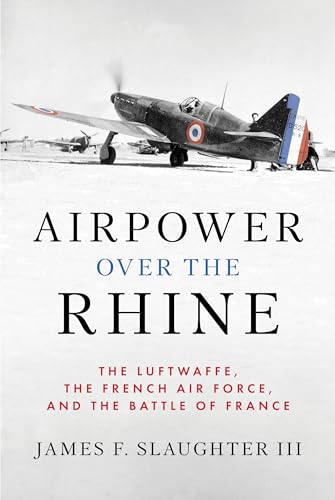
Luftwaffe Fighter Aces
by Mike Spick
Popularity
1.55 / 5
* A book's popularity is determined by how it compares to all other books on this website.
Where to buy?
Buy from Amazon* If you buy this book through the link above, we may receive a small commission at no extra cost to you.
Luftwaffe Fighter Aces by Mike Spick
Details
War:
World War II
Perspective:
Fighter Jets
Military Unit:
Luftwaffe
True Story:
Yes
Biography:
No
Region:
Europe
Page Count:
248
Published Date:
2011
ISBN13:
9781848326279
Description
Brief Summary
Luftwaffe Fighter Aces by Mike Spick delves into the remarkable achievements of the Luftwaffe's top fighter pilots during World War II. The book explores how these aviators managed to achieve superior kill rates compared to their Allied counterparts. Through detailed examination, Spick highlights the conditions and strategies that contributed to the Luftwaffe aces' success, offering a comprehensive understanding of their wartime exploits across different theaters.
Main Themes and Topics
The book primarily focuses on the tactics and strategies employed by the Luftwaffe fighter pilots, providing readers with an in-depth look at their dogfighting skills. Mike Spick analyzes the unique aspects that defined each theater of war, such as climate, aircraft capabilities, and technological advances like radar systems. Another key theme is the rigorous process of claim verification for aerial victories, which lends credibility to the astonishing records of these pilots.
Writing Style and Tone
Mike Spick’s writing style is analytical yet accessible, ensuring that both aviation enthusiasts and general readers can appreciate the intricate details of air combat strategy. The tone is authoritative, drawing on firsthand accounts and well-researched historical data to paint a vivid picture of the Luftwaffe aces' experiences. This approach provides transparency and depth, making technical aspects understandable and engaging.
Criticism
Critics of Luftwaffe Fighter Aces often point out that while the book gives a detailed account of the Luftwaffe's prowess, it sometimes lacks a broader contextual analysis of the overall ethical implications of the pilots' success stories. Some readers feel that the narrative could benefit from a more critical examination of the moral complexities involved in the glorification of wartime achievements.









